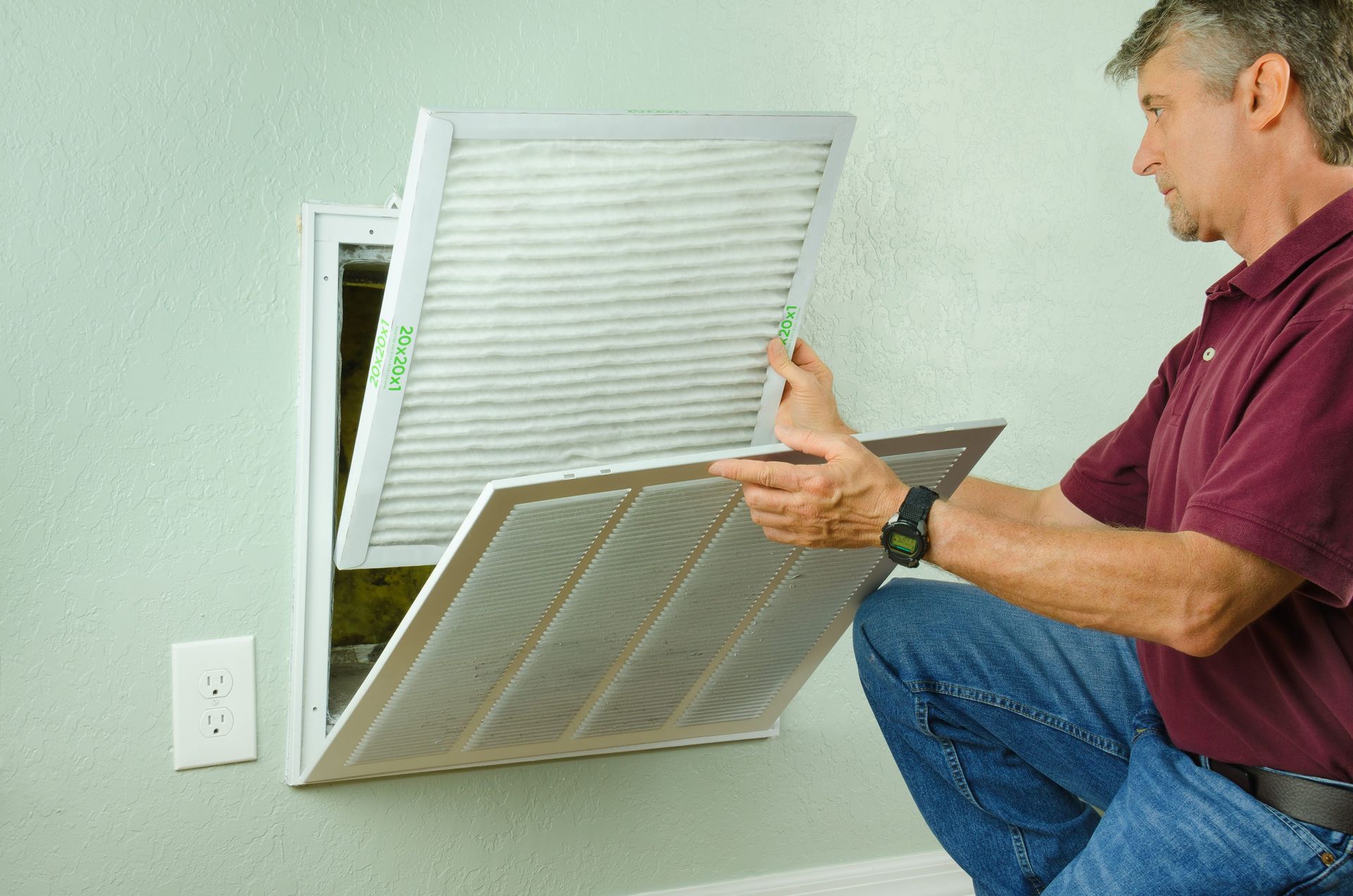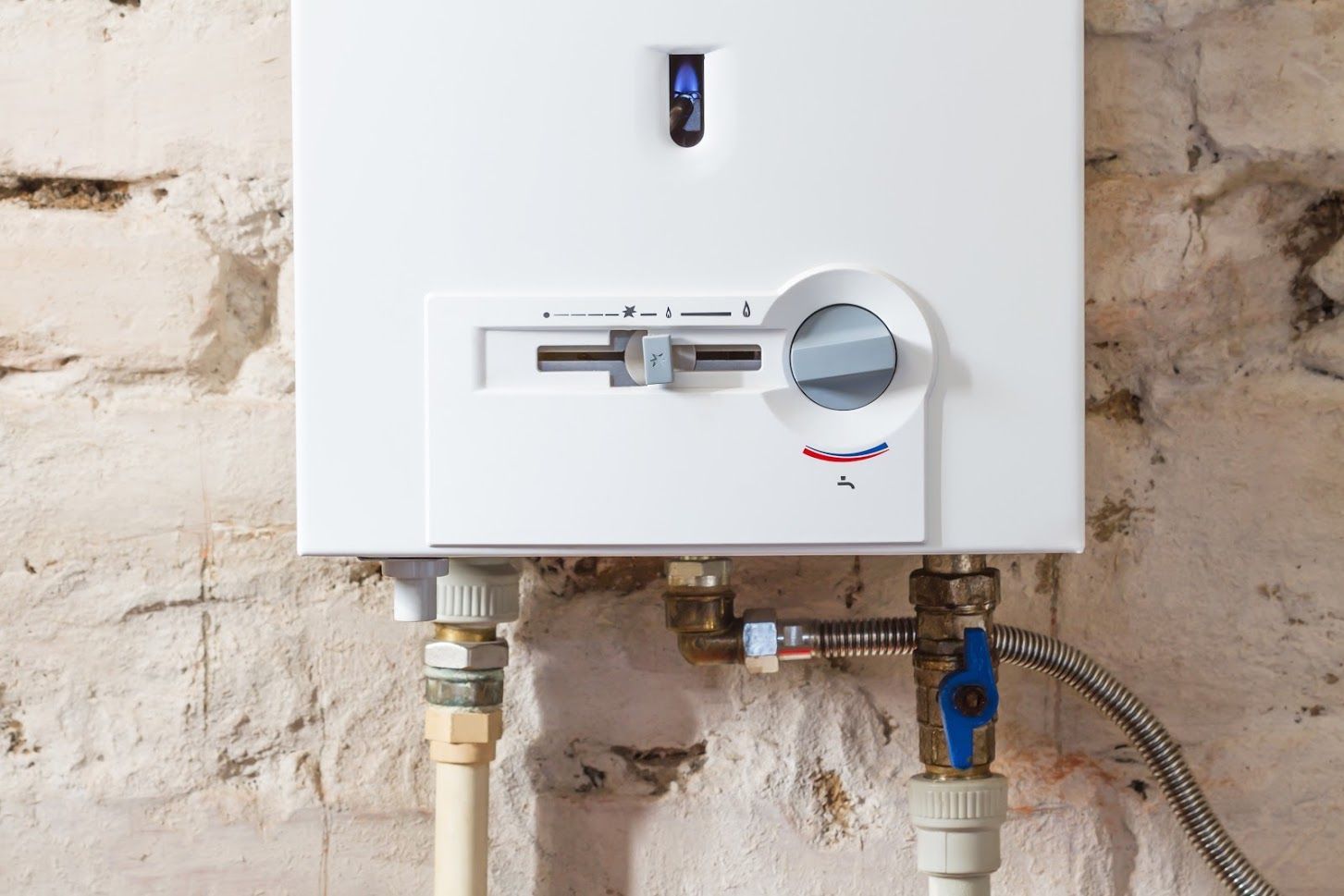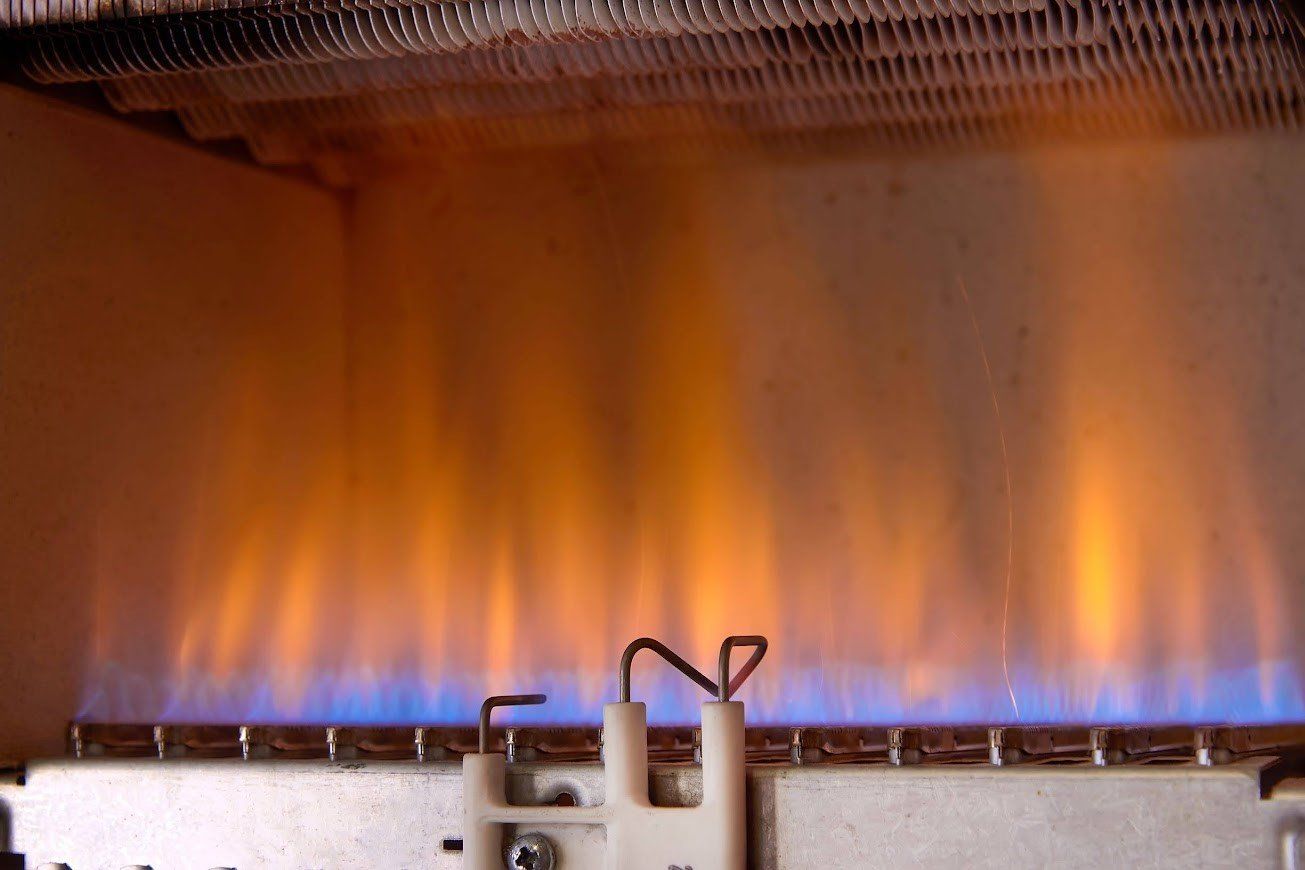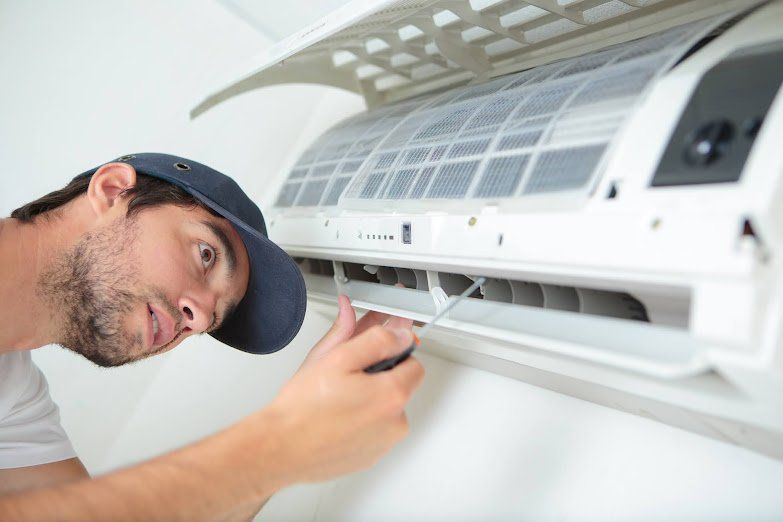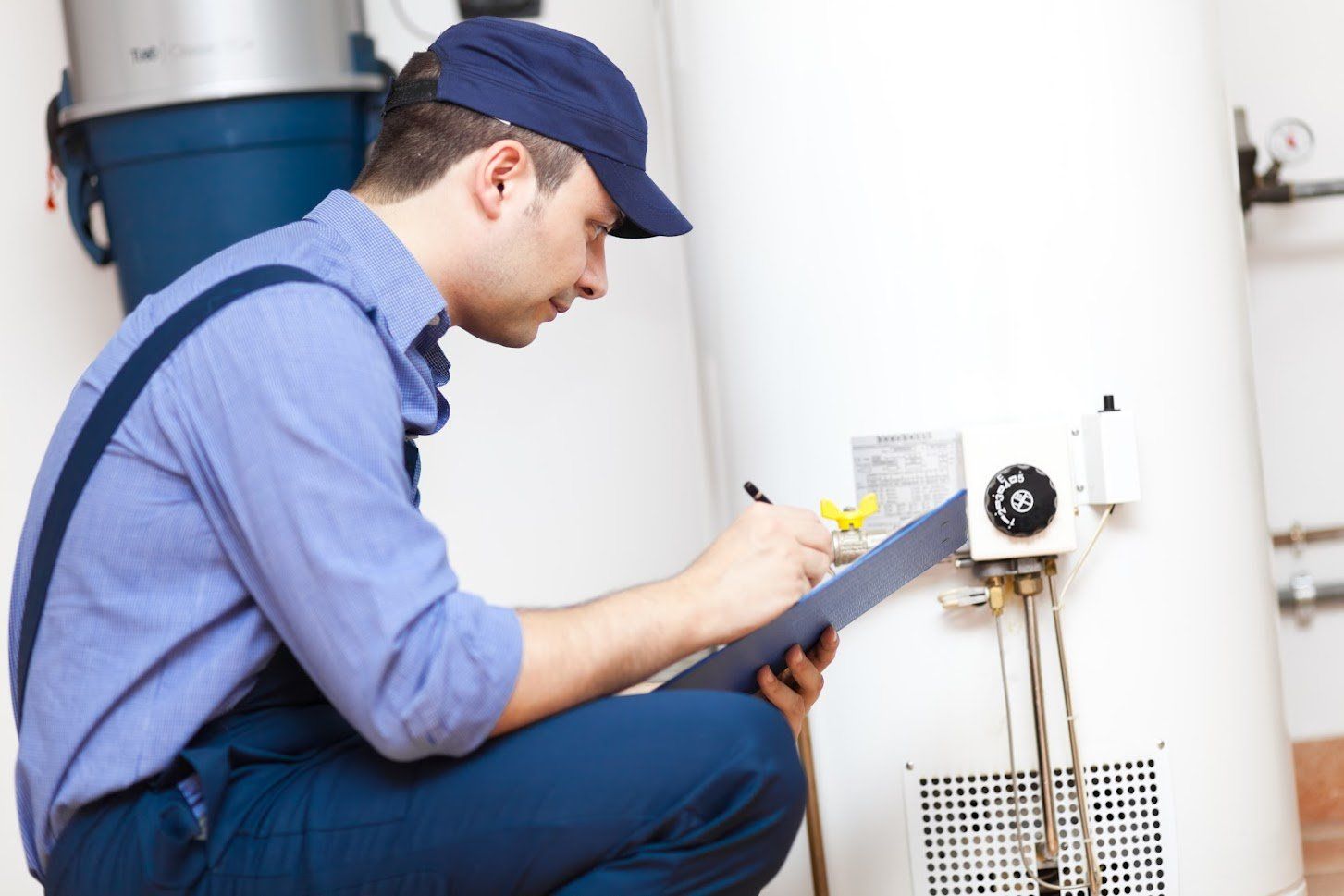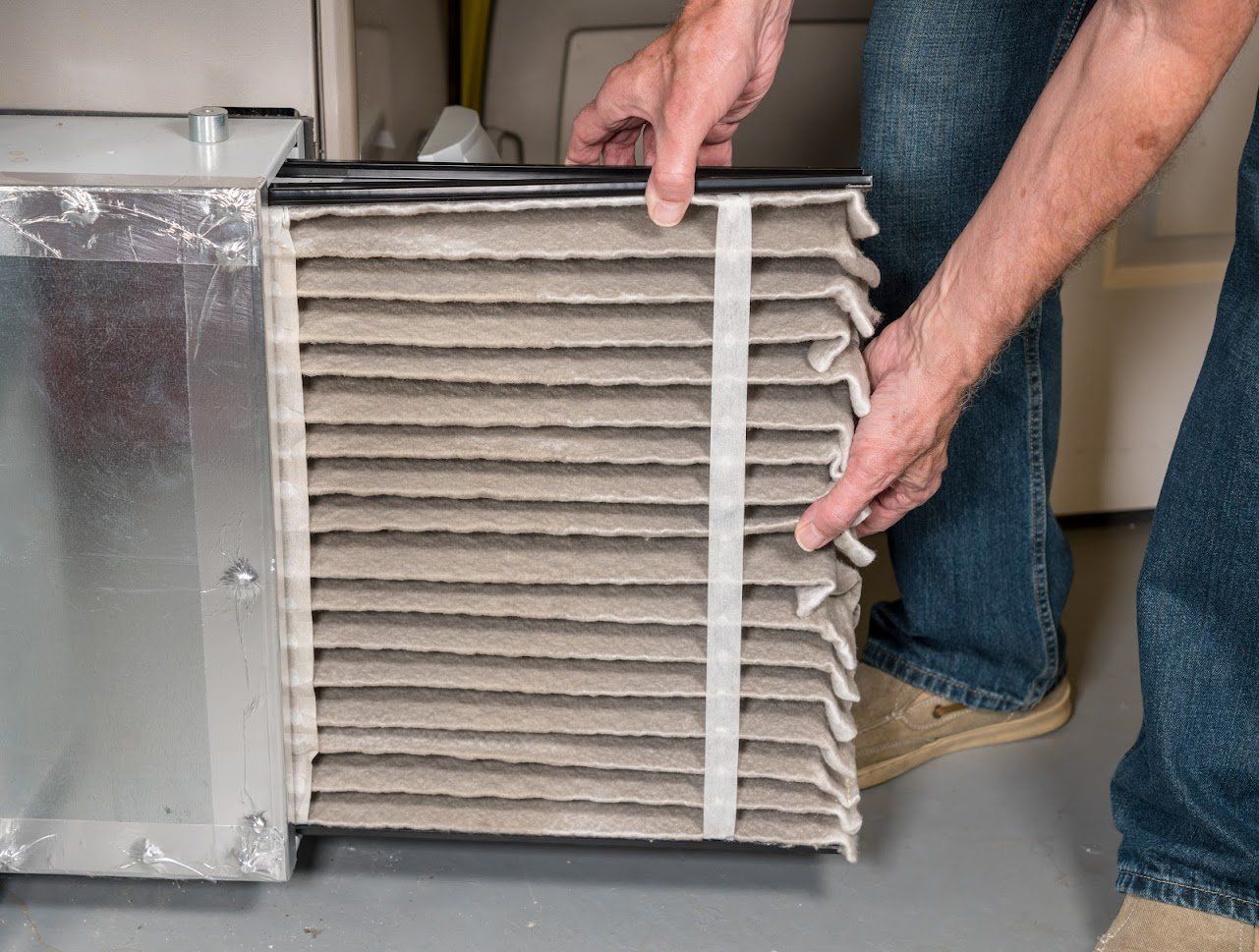4 Signs of Poor Indoor Air Quality in Your Home
Admin • August 8, 2020
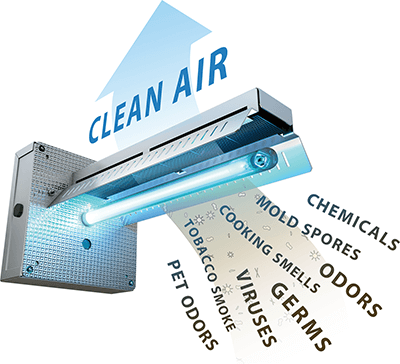
In addition to heating and cooling your home, your HVAC system is responsible for purifying and managing the humidity of your indoor air. A dirty filter, leaks in your ducts, and other issues can keep your system from doing these tasks effectively and lead to poor indoor air quality. Discover four signs that you may have poor indoor air quality in your home.
1. Frequent Illness and Allergies
The most important reason to address indoor air quality issues is the impact that poor air quality can have on yourself and other members of your household. According to the Environmental Protection Agency, short-term symptoms that directly relate to poor indoor air quality include eye, nose, and throat irritation, as well as fatigue, headaches, and dizziness. Poor indoor air quality can also aggravate pre-existing conditions such as asthma.
The long-term effects of poor indoor air quality typically only show themselves after prolonged or repeated exposure. Indoor pollutants can carry the risk of heart or respiratory disease and even cancer, although reactions to pollutants will vary from person to person. Take notice if respiratory symptoms are worse when you are at home than when you are away from home.
2. Dust Buildup on Surfaces
Most airborne pollutants are heavier than air, so they will not stay suspended in your home's air forever. Poor indoor air quality can lead to more frequent dust buildup on surfaces in your home. If you have to dust more often than you should, you may need to question whether your HVAC system filters your air properly.
The dust buildup effect from poor indoor air quality is usually more pronounced in areas with higher airflow. Look for dust buildup on your vent registers and on walls and furniture near your registers. If your furnace filter is clean but you still have significant dust buildup, a duct cleaning may be necessary to remove contaminants that have built up in your ductwork.
3. Musty Odor
A musty odor is a telltale sign of mold growth, especially if the odor is more pronounced near your vent registers or while you run your HVAC system. Mold produces a musty odor because it releases microbial volatile organic compounds while it grows. Exposure to these compounds can cause headaches, nausea, dizziness, and fatigue, so you should take action soon if you suspect mold growth.
4. Air Circulation Problems
If air does not circulate through your HVAC system, it does not get filtered and purified before it enters the rooms of your home. Issues such as low airflow from your vents and leaks in your ductwork increase the quantity of airborne contaminants in your home and throw off indoor humidity levels.
Air that enters your ducts through a leak does not pass through the furnace filter, so it is never purified. Likewise, this air never passes through your air conditioner or dehumidifier. Humidity problems can lead to dry, itchy skin and worsen the symptoms of conditions such as eczema.
Poor airflow can be the result of a faulty blower fan, incorrect fan speed setting, or an improperly sized air handler for your home. Hire a technician to address airflow issues as soon as possible to eliminate the impact they can have on your home's comfort and air quality.
Knowing the signs of poor indoor air quality is essential to keep your family healthy and get the most out of your HVAC system. If you suspect poor air quality in your home, contact us at Comfort Technology Heating & Air Conditioning. Our experienced technicians can ensure your furnace and air conditioner always provide clean and healthy air for your home.


